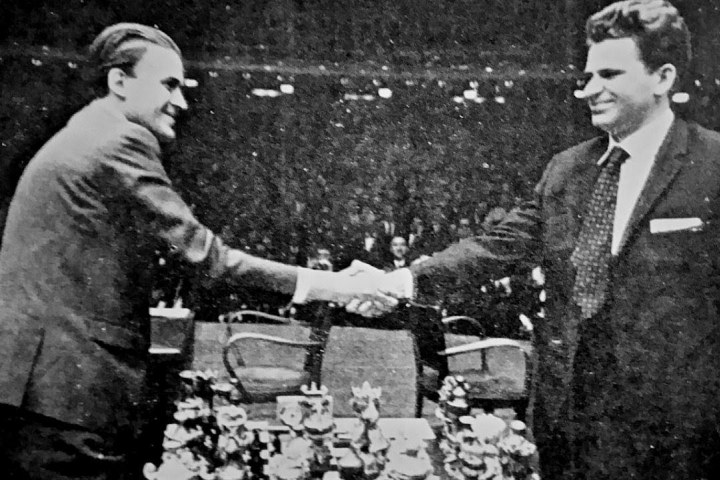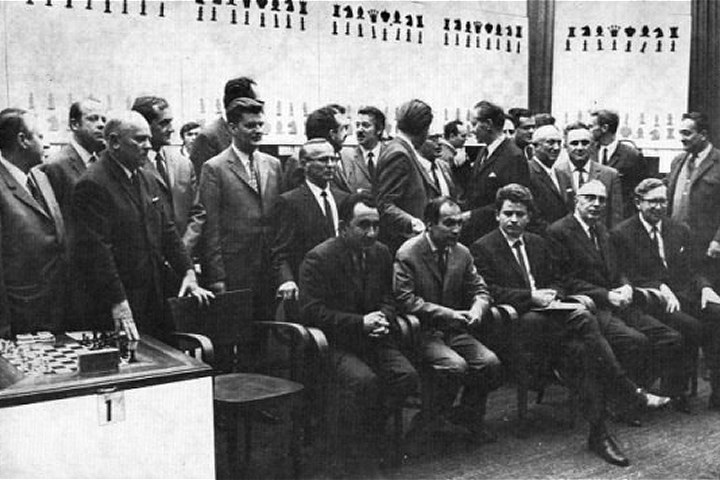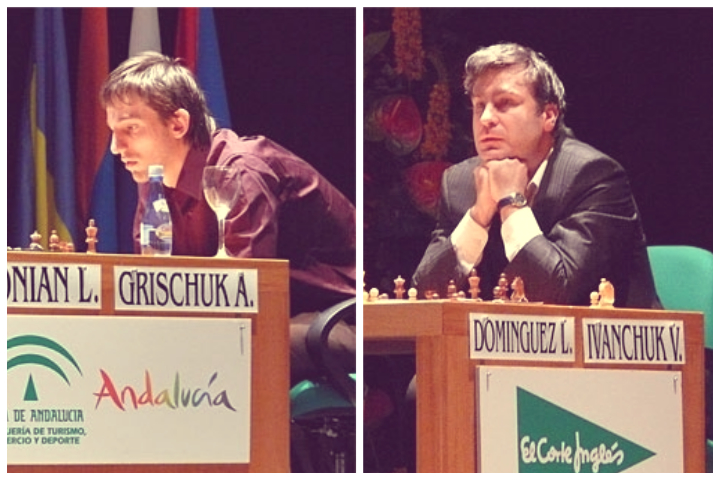Please understand that these classifications are the subjective viewpoints of the United States Chess League. Many players that are classified could reasonably be listed under 3-4 of these headings. We tried to choose that category which fit each player the most.
Technical:
A technical player will usually play the same openings repeatedly and know them extremely well. Usually these systems are positionally based and they know the strategical ideas extremely well. They may become uncomfortable when confronted with a new and unfamiliar position, however they usually do everything they can to aim for the positions they understand. Sometimes they make even make concessions to avoid being attacked or giving up counterplay, even if this may not be the objectively correct decision. Despite this, they are hard to play against, because you feel like you are always playing into their strongpoints. Almost all technical player's seem to have an incredible overall chess understanding. It's a very practical style of play that's used by some of the most active and successful players in the nation, and it's almost impossible to be a "techincal" player, without being very strong, as it requires too much chess understanding for lower rated players to use successfully.
Examples - GM Igor Novikov, GM Alex Wojtkiewicz, IM John Donaldson
Positional:
Positional Players are a bit different than technical players. Postional players are more versatile in their opening choices and simply rely on their general chess understanding to find the right solution in all positions. The difference between a "positional" player and a "technical" player is almost psychological, as the positional player's simply don't go out of their way to avoid unfamiliar positions, or positions in which they are being attacked. Despite all this, positional players may be easier to face if you have a tactical nature, as it's usually a bit easier to steer the game towards your style.
Examples - GM Yasser Seirawan, GM Joel Benjamin, GM Julio Becerra
Attacking:
Attacking players feel comfortable with the initiative. They want to be always attacking the opponent, and depending on whether they are, their strength may vary by quite a bit. Some attackers don't even have to be great calculators, but instead just have a natural understanding of how to conduct an attack.
Attackers may have some difficulty against technical players, who often don't even give the attackers a chance to get started, and thus steer them into positions they aren't comfortable in. However if the attacking player ever manages to mix it up against the more technical types, the attacker stands a great chance of landing a knockout. Their games can be very entertaining as you know there is always a good chance for some fireworks.
Examples - GM Larry Christiansen, WIM Jenn Shahade, FM Dmitry Zilberstein
Calculating:
Calculating players generally work very hard at the board. Even though their general chess intuition may not be the greatest, they make up for it by pure and raw calculation power. You can almost feel their brains going overtime as you sit across from them. They try to always see one move further then their opponent, and are ready to pounce if you make just the slightest miscalculation. These players may often work so hard throughout the game that they end up in serious time trouble. Some of the toughest players to play against are technical players who are also strong calculators.
Examples - GM Alex Ivanov, GM Gregory Kaidanov, GM Walter Browne
Tricky:
There is something about the way a tricky player plays that's very disconcerting. Repeatedly they will play moves that you didn't even consider and that just flat out look weird, to the extent that it may become very confusing for you. They never give up, and are constantly looking for ways to trap and attack you. These types of players are usually very entertaining because of their resourceful and imaginative style. They can be differentiated from calculating and attacking players mainly by the unorthodox nature of their play.
Examples - GM Alex Shabalov, Julian Hodgson, GM Pavel Blatny, IM Yuri Lapshun
Dynamic:
Dynamic players are usually pretty well rounded, but lean more towards the aggressive/tactical side. They often play enterprising openings and try to simply outplay you. They aren't scared to mix things up and are usually fighting constantly. Dynamic players are well rounded enough to not feel too uncomfortable if the position should be strategical or dry. Sometimes they may play the same openings game after game, however they are different than technical players because their opening choices are a lot more double-edged.
Examples - GM Hikaru Nakamura, GM Nick DeFirmian,
FM David Pruess
Practical:
These players have a little bit of edge to their game. They understand that chess is a game, and the object is to do everything possible to win and not always to find the absolute best move. They often will play very quickly to put clock related pressure on you, and will often understand and avoid your strength's. They usually will play openings they are very familiar with. Technical players are often very practical as well, however they are usually a lot more limited in their opening choices, whereas practical players can play a more types of postions comfortably.
Despite being comfortable in more types of openings, these players often have serious holes in their theoretical knowledge. They just hope to get a reasonable position out of the opening without spending too much time, and then to simply outplay you.
Examples - GM Leonid Yudasin, IM Jay Bonin
Intuitive:
These are a weird group of players. You get the sense that they simply understand where the pieces belong, whether the game is positional or tactical in nature. They may not be the best pure calculators, but they make up for it by moving quickly and confidently and being able to easily found solutions where others may have to spend a lot more time. Their reliance on their intuition may sometimes be a weakness as they trust their instincts too much when the position demands harder work.
Examples - GM John Fedorowicz
Logical:
Logical player's seem to try very hard to try to understand the position they are playing from a logical perspective. They are pretty solid at all phases of the game but usually not spectacular at any. They are good at adapting to unfamiliar position's and approaching them with a fresh mind as they have no preconceptions of what type's of positions they would like to play, and instead try to find the objective best move. These players won't often try anything too unorthodox, however they also won't shy away from complications if they are necessary.
Examples - GM Jonathan Rowson, IM Vinay Bhat
Young:
Often young players have not yet developed a sense of style. It's very rare that you will find a positional young player, however they often develop into positional players when they mature. For this reason, some young players will go unclassified until their style develops more.









